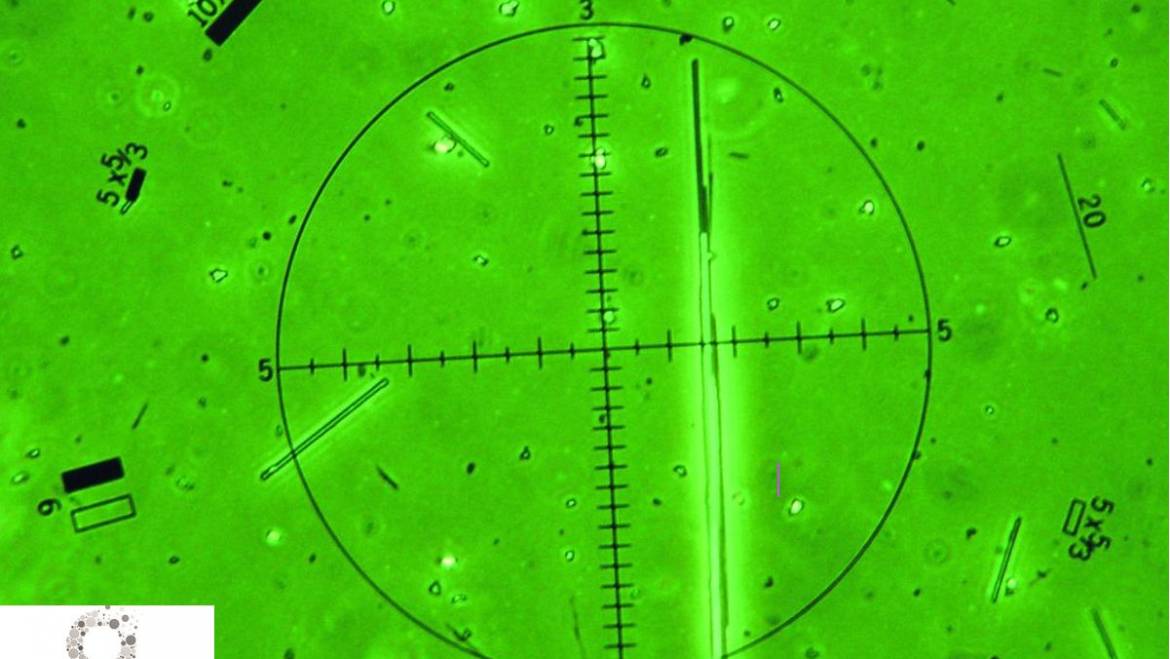COUNTING FIBRES // The Membrane Filter Method (or MFM) is a method that is well known and utilised for the counting and quantification of respirable fibres in the air. This method (like many laboratory techniques) has its pros and cons which we are going to explore briefly.
The MFM is a quick and relatively fast (IF done correctly) method to quantify respirable fibres. The sampling equipment is very portable and can be intrinsically safe, as is the microscopy and prep equipment. Mobile or temporary laboratory solutions can be (if set up appropriately) established to give expedited results, once pumps have drawn minimum volumes of air. These results can then be used to gauge the risk associated with a range of activities ranging from area reoccupation, para-occupational exposure levels and background fibre concentrations. The same filters used for the MFM can be retained and later used for higher-powered microscopy such as Transmission Electron Microscopy (TEM).
What are the drawbacks of this method? It has a significant error uncertainty as a result of field and laboratory practices, so needs to be conducted by experienced personnel in the field and the lab. Asbestos fibres cannot be distinguished from non-asbestos fibres. That is why they are reported as respirable.

